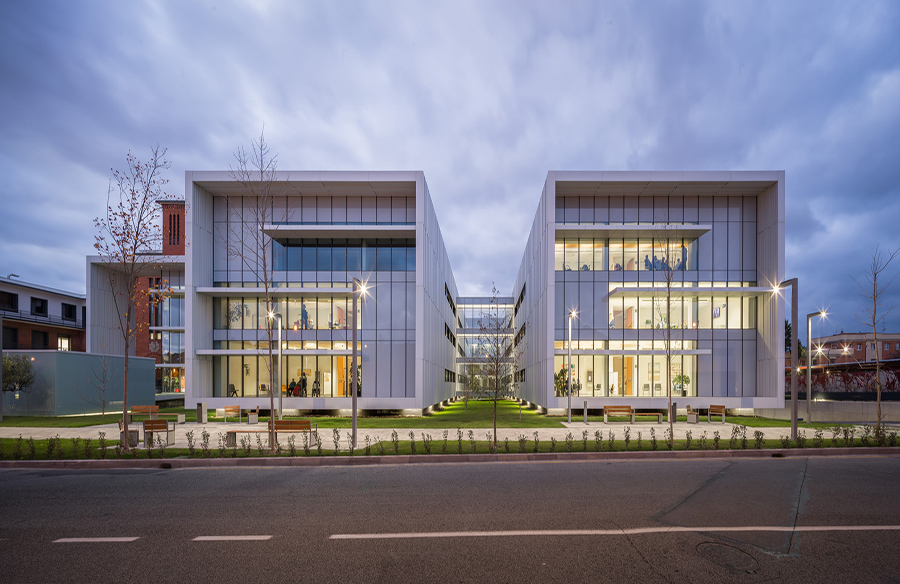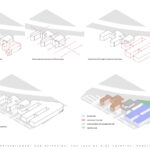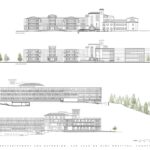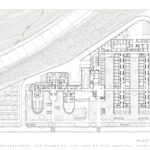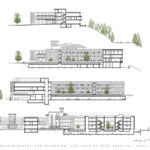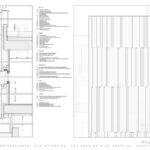The refurbishment and extension of the San Juan de Dios Hospital, originally designed by Víctor Eusa in 1935, marks a significant effort to restore the architectural heritage of the iconic landmark. Completed in 1943, the hospital’s original design featured a central axis flanked by two wings, housing various medical facilities. Over time, however, the building underwent alterations and expansions, leading to distortions in its original design and functionality.
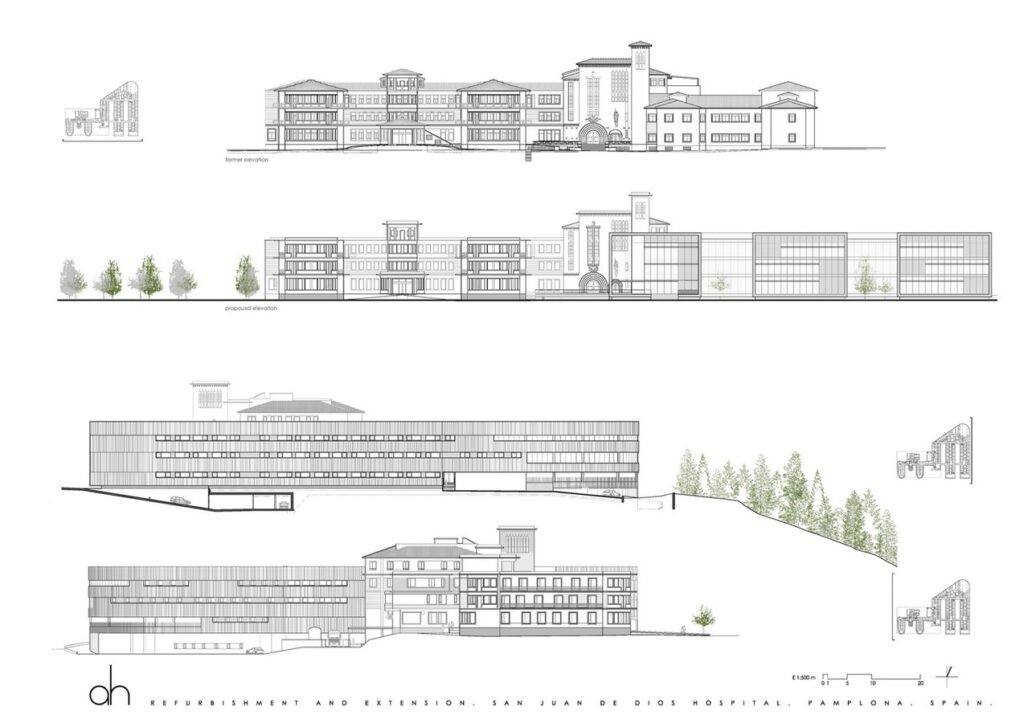
Preservation of Original Values
The architectural project aimed to reclaim the original essence of the building, reverting to the old plan criteria to restore harmony and coherence to the structure. By realigning the building with its urban surroundings and reinstating the comb-shaped plan, the project sought to reduce the perceived volume of the hospital within its low-density residential neighborhood. Additionally, the removal of parking areas allowed for the creation of open garden spaces, evoking the pavilion-like quality of the original design.
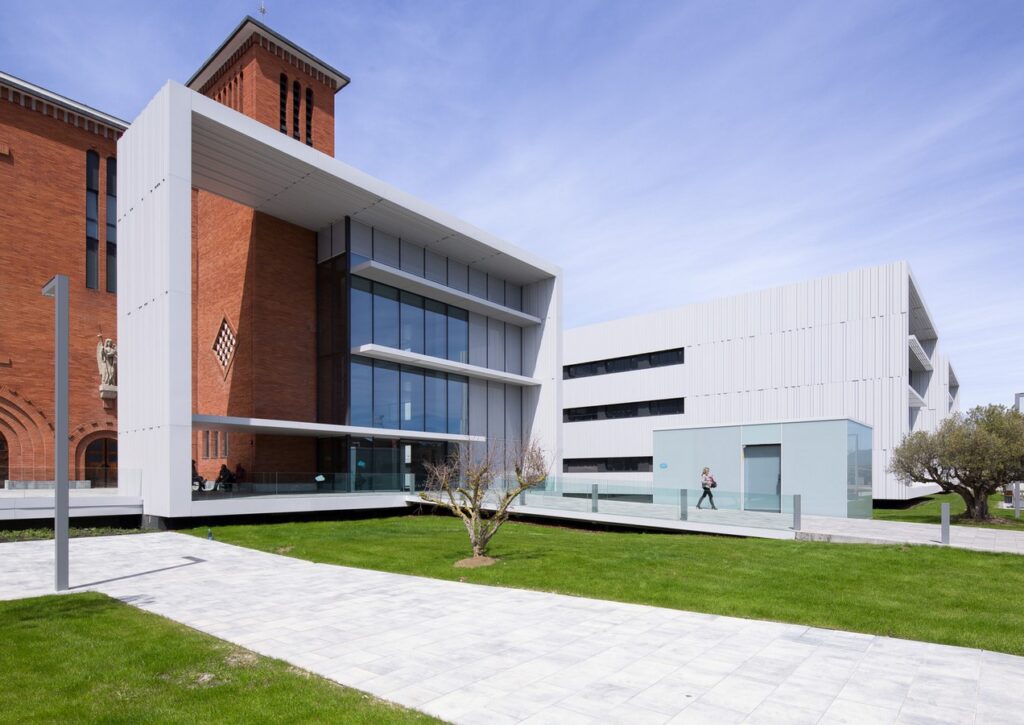
Reinterpretation of Architectural Elements
Historical research guided the restoration process, emphasizing the reinforcement of horizontal lines and the graceful expressionism of brick walls and framed windows. Decisions were made to eliminate added elements like sloped tile covers, returning the building to its original appearance. In the extension, a new aluminum profiled sheet covering was introduced, featuring two different profiles to create a dynamic façade. This approach not only echoes the tectonic qualities of the original design but also adds a contemporary vibrancy to the building.
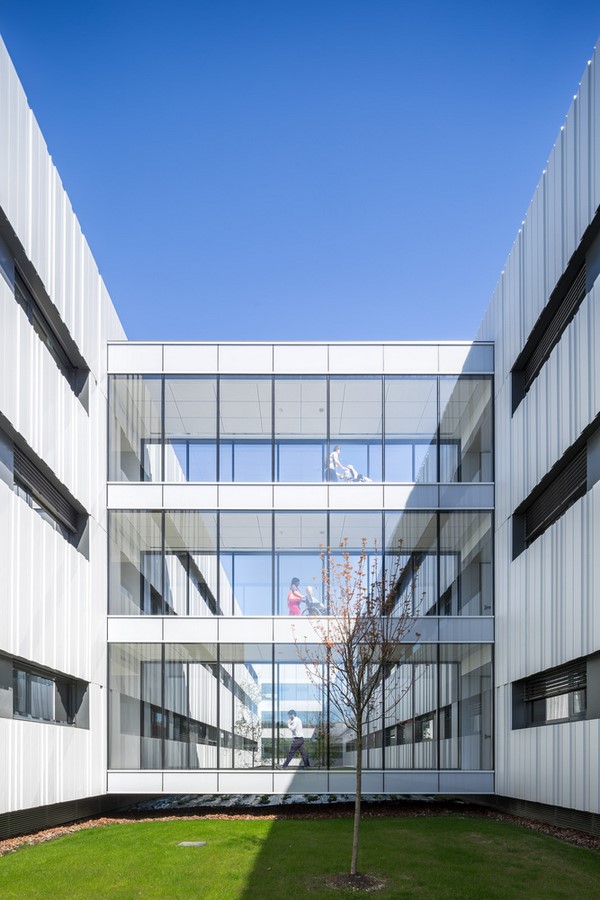
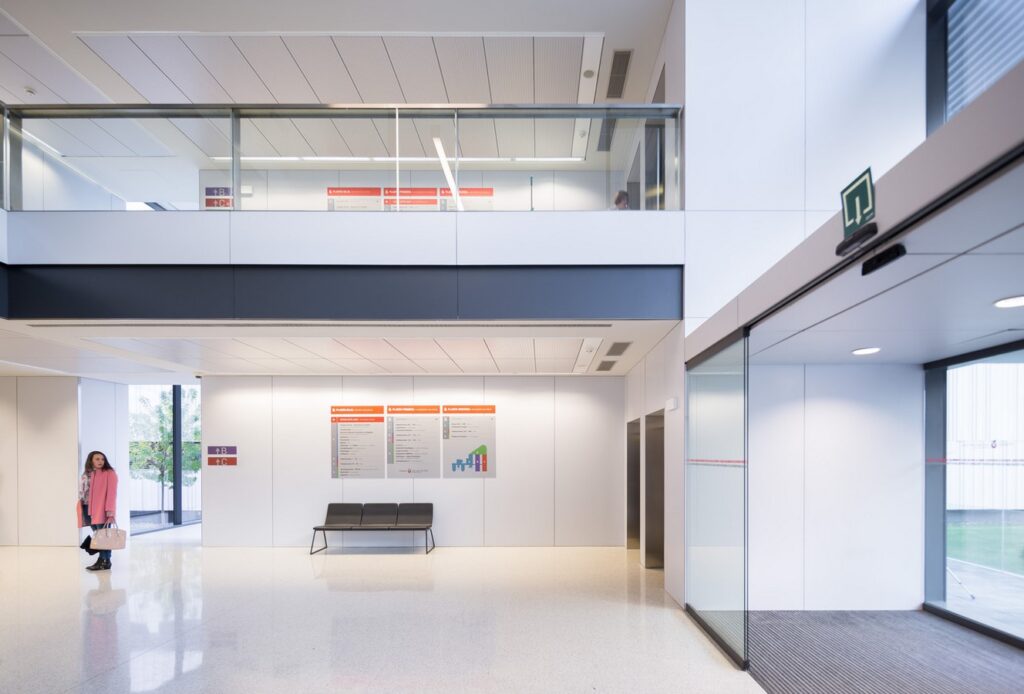
Harmonizing Past and Present
The revitalized San Juan de Dios Hospital stands as a testament to the seamless integration of heritage conservation and modern architectural intervention. By preserving the integrity of the original structure while introducing subtle yet impactful design elements, the project successfully bridges the gap between past and present. The hospital now serves as both a functional medical facility and a cultural landmark, embodying the enduring legacy of its architectural heritage.



